World Biz
Global Museum Day Being Celebrated Today
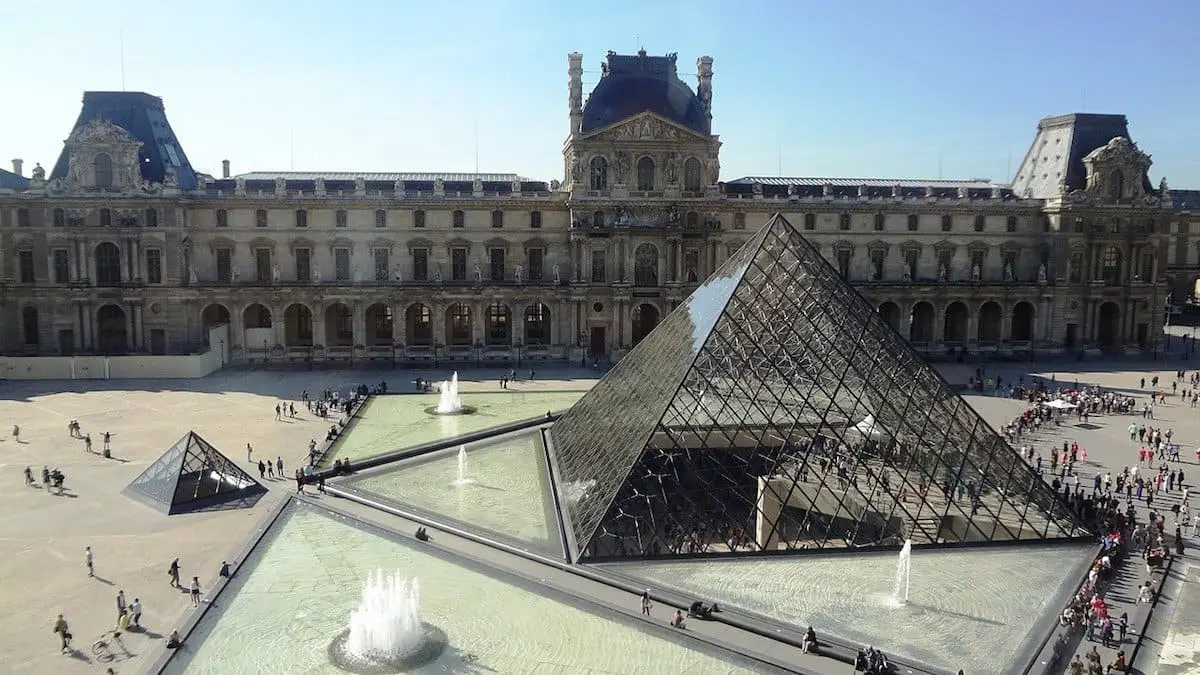
Page Content
- Introduction
- Importance of Global Museum Day
- History of Global Museum Day
- Celebrations around the World
- Virtual Museum Experiences
- Preserving Cultural Heritage
- Promoting Education and Learning
- Museums as Tourist Attractions
- Support for Local Artists
- Future of Global Museum Day
- Conclusion
Introduction
The Day is an annual celebration that brings attention to the importance in our society. On this day, people from around the world come together to appreciate and explore the rich cultural heritage preserved in expo. In this article, we will delve into the significance of this Day, its history, the various celebrations that take place, and the impact it has on education, community engagement, and tourism.
Importance of Global Museum Day
The Day serves as a reminder of the crucial role museums play in preserving our collective history and cultural heritage. Museums provide a physical space where artifacts, artworks, and historical documents are carefully curated, displayed, and protected. They serve as repositories of knowledge, enabling us to connect with the past and gain a deeper understanding of different cultures and civilizations.
History of Global Museum Day
The initiative gained momentum over the years, with them worldwide recognizing the significance of coming together on this day to promote cultural awareness and appreciation.
Celebrations around the World
The Day is celebrated in various ways across the globe. They open their doors to visitors, offering free or discounted entry to encourage participation. Special exhibitions, guided tours, workshops, and cultural performances are organized to engage visitors of all ages. Local communities, artists, and historians collaborate to create a vibrant and inclusive atmosphere that celebrates the diversity of our shared heritage.
Virtual Experiences
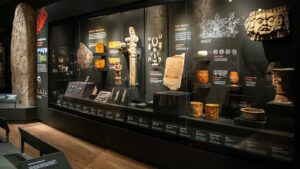
In recent years, the digital age has brought new dimensions to the Day. Virtual museum experiences have gained popularity, allowing individuals to explore them from the comfort of their homes. Online exhibitions, interactive tours, and virtual reality experiences provide access to collections that may otherwise be inaccessible due to geographical limitations. This innovative approach to there engagement has opened up new avenues for education and cultural exchange.
Preserving Cultural Heritage
One of the primary objectives of it is to preserve cultural heritage. Through meticulous conservation efforts, safeguard valuable artifacts and artworks, ensuring they are protected for future generations. The Day raises awareness about the challenges faced by museums in preserving fragile and irreplaceable pieces of our history, emphasizing the need for continued support and funding.
Promoting Education and Learning
They are invaluable educational resources. They offer a unique learning environment that fosters curiosity and intellectual growth. The Day encourages educational institutions to incorporate museum visits into their curricula, enabling students to supplement classroom learning with real-world experiences. It provide interactive exhibits, educational programs, and workshops that cater to learners of all ages, promoting a lifelong passion for knowledge.
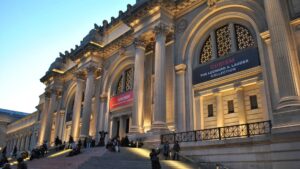
Tourist Attractions
It have become prominent tourist attractions, drawing visitors from near and far. The Day highlights the role in promoting tourism and stimulating local economies. Visitors not only contribute to sustainability but also explore the surrounding areas, supporting local businesses and cultural initiatives.
Support for Local Artists
It provide a platform for local artists to showcase their talent and creativity. The Day encourages to collaborate with artists and host exhibitions that promote the work of emerging and established individuals. This exposure not only provides artists with recognition but also enriches the experience by offering diverse perspectives and artistic expressions.
Read More: Bhaluka Launches Lavish Development
Future of Global Museum Day

As technology advances and cultural dynamics evolve, the future of this Day holds immense potential. Virtual reality experiences, digitization of collections, and increased accessibility will continue to shape the way we engage with it. It will adapt to these changes, ensuring that it remain relevant and accessible to all.
Conclusion
It serves as a reminder of the profound impact its have on society. From preserving cultural heritage to promoting education, its play a vital role in fostering cultural understanding, community engagement, and intellectual growth. As we celebrate Global Expo Day today, let us appreciate the incredible institutions that enable us to connect with our past and shape our future.

World Biz
Global Leaders Convene in Guilin to Chart Future of Tourism

The 2025 UN Tourism/PATA Forum on Tourism Trends and Outlook, held from September 18-20, concluded in Guilin, China, bringing together leading figures from over 20 countries to address the industry’s most pressing challenges. Jointly hosted by the UN World Tourism Organisation (UN Tourism) and the Pacific Asia Travel Association (PATA), the three-day event centered on building a more resilient, sustainable, and “smart” tourism sector.

- Tourism Governance: Led by UN Tourism, this session featured policy insights and international cooperation models from countries including Slovenia, Indonesia, and Brazil.
- Tourism Resilience in the Asia-Pacific: Organized by PATA, this discussion included practical case studies from Nepal and Spain, providing real-world examples of how destinations are adapting to challenges.
- Tourism Talent Development: Hosted by The Hong Kong Polytechnic University, this pillar focused on cultivating a skilled workforce to meet the evolving demands of the industry.

A dedicated Guilin Session also explored innovations in the meetings, incentives, conferences, and exhibitions (MICE) sector, with contributions from Greece, South Korea, and China.
A major highlight of the forum was the global launch of UN Tourism’s latest World Tourism Barometer, which provided updated data on international travel flows and economic impacts. Keynote speeches from industry giants like TUI Group offered a deep dive into European tourism markets, while Alipay’s Fliggy showcased new models in digital tourism. These presentations were followed by panels on the future of smart tourism destinations and new methods for tourism economic measurement.

The forum’s opening ceremony on September 19 featured addresses from Liu Shijun of UN Tourism and the President of PATA, along with local leaders. Their insights, combined with valuable case studies from delegates and experts from countries like the Maldives and institutions such as South Korea’s Youngsan University, laid the groundwork for the “Guilin Solutions”—a set of recommendations designed to advance sustainable and intelligent tourism worldwide.
Beyond the formal sessions, delegates were given a first-hand look at Guilin’s efforts to become a world-class tourism destination. Visits to local cultural and tourism landmarks demonstrated how the city is integrating culture, technology, and sustainability into its tourism strategy. The forum not only reinforced Guilin’s position as a hub for international dialogue but also offered concrete steps for building a more resilient and innovative global tourism industry.
Economy
Biden Pledges US Support to Yunus-Led Interim Government in Historic Meeting
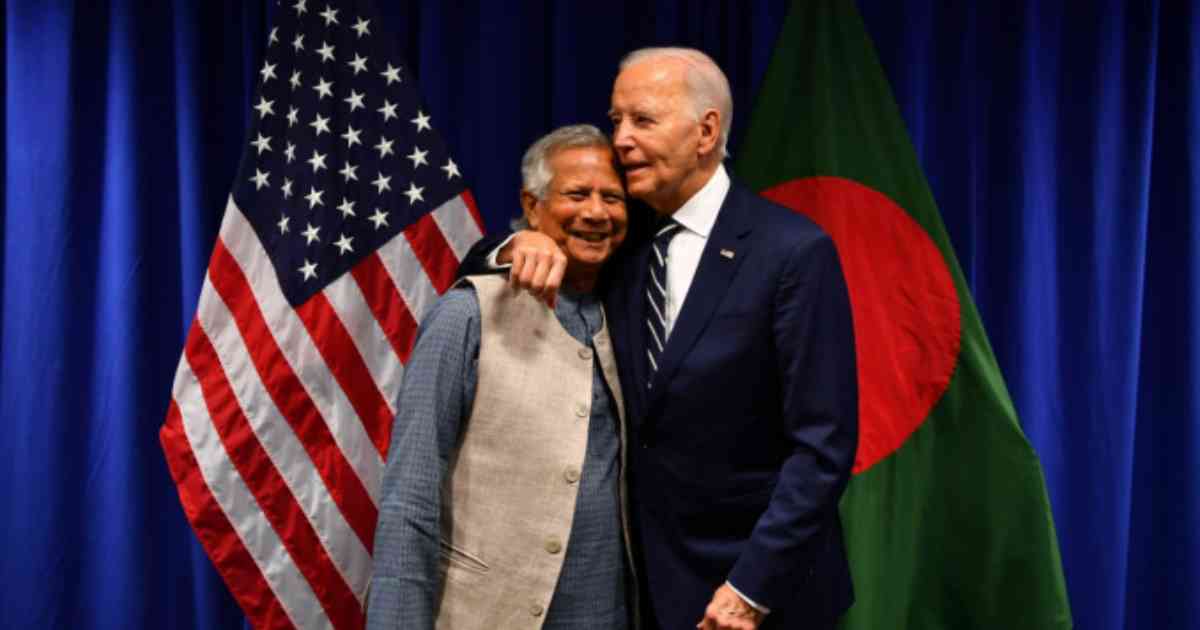
US President Joe Biden has expressed his nation’s full backing for Bangladesh and the interim government led by Muhammad Yunus during a bilateral meeting held on the sidelines of the United Nations General Assembly (UNGA) in New York. This marks the first time in Bangladesh’s history that a US president has met with the country’s head of government at a UNGA session, as confirmed by a statement from the Chief Adviser’s Office.
In this unprecedented encounter, Chief Adviser Prof Yunus briefed President Biden on the significant sacrifices made by students who fought against the previous government, leading to the opportunity to rebuild the country. Prof Yunus underscored the importance of succeeding in this national rebuilding effort, calling for US cooperation in the process.
President Biden praised the students’ dedication, stating that their sacrifice calls for further commitment from all, including the US. During the meeting, Prof Yunus presented Biden with a copy of The Art of Triumph, a book featuring wall paintings by students and young revolutionaries.
Prof Yunus, on his first visit to the US as head of Bangladesh’s government, is attending the 79th UNGA, which runs from September 19 to 30. The theme of this year’s debate is “Leaving no one behind: acting together for the advancement of peace, sustainable development, and human dignity for present and future generations.”
Rare Diplomatic Meeting Signals Strengthened US-Bangladesh Ties
Speaking on the significance of the meeting, Chief Adviser’s Press Secretary Shafiqul Alam highlighted the rarity of such an engagement, noting that the US and Bangladesh already enjoy strong relations. “This meeting elevates our relationship to a new level,” Alam stated, as reported by local media.
Observers suggest that the bilateral meeting, which is uncommon for US presidents during the UNGA, signals Washington’s intention to support Bangladesh through its transitional period. Dhaka is hopeful that the encounter will lead to a new strategic partnership that enhances cooperation on multiple fronts.
Yunus Receives Warm Reception from Global Leaders
Earlier in the day, Chief Adviser Muhammad Yunus was welcomed by several world leaders at a reception hosted by UN Secretary-General Antonio Guterres. Held at the North Delegate Lounge in the UN headquarters, the event served to greet the leaders participating in the 79th session of the UNGA.
During the reception, Yunus exchanged greetings with Brazilian President Luiz Inacio Lula da Silva, Mauritian President Prithvirajsingh Roopun, and UN High Commissioner for Human Rights Volker Turk, among others.
Yunus Meets Canadian Prime Minister Trudeau
On the sidelines of the UNGA, Chief Adviser Yunus also met with Canadian Prime Minister Justin Trudeau. The two leaders discussed ways to enhance Bangladesh-Canada relations, focusing on fostering freedom, institution-building, and youth development in Bangladesh.
Prime Minister Trudeau commended Prof Yunus for taking on the leadership role and reiterated Canada’s willingness to support Bangladesh in strengthening its institutions. Prof Yunus, in turn, praised Canada for its enduring friendship and requested increased visa allocations for Bangladeshi students.
The chief adviser also gifted Trudeau The Art of Triumph, further highlighting the contributions of young revolutionaries. In addition to Trudeau, Yunus is scheduled to meet with the managing director of the IMF, the Italian prime minister, and will speak at the Clinton Global Initiative and Friends of Bangladesh events.
World Biz
Environmental groups urge EU ‘high risk’ label for Sarawak
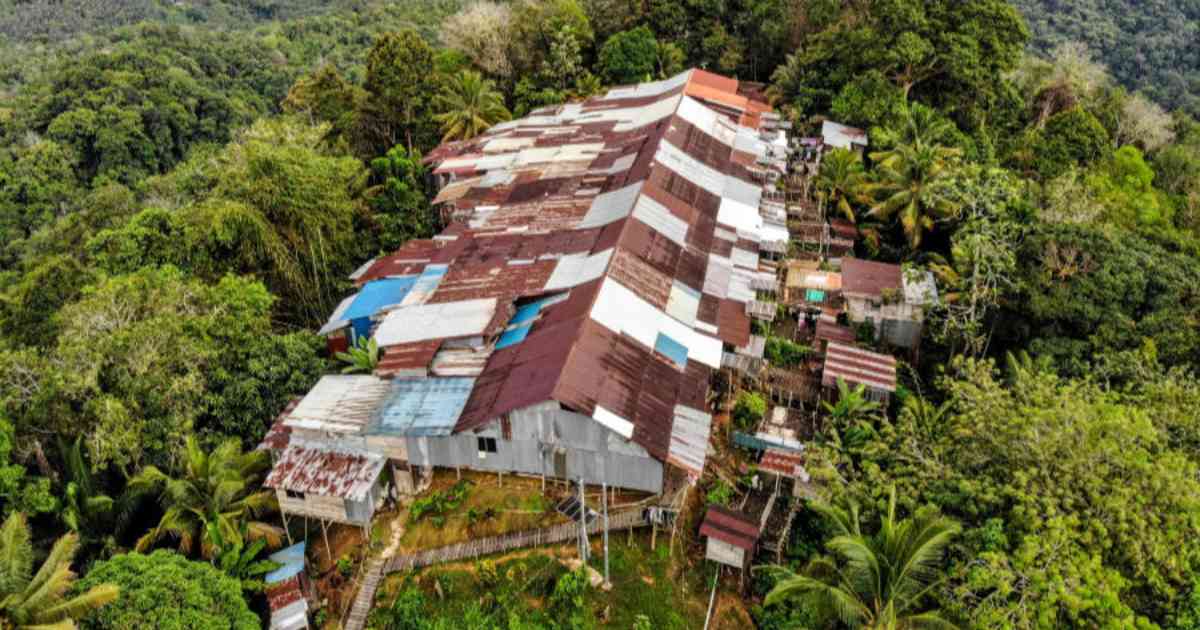
Environmental and rights groups urged the European Union Tuesday to label Malaysia’s Sarawak region “high risk” under controversial new anti-deforestation rules to be implemented from the end of December.
The EU’s deforestation regulation (EUDR) is due to come into force at the end of the year, although Germany and Brazil have recently joined a string of countries urging that implementation be delayed.
Environmentalists and rights groups have, however, called on the EU to move forward with the regulation.
It will bar imports of a vast range of goods — from coffee to cocoa, soy, timber, palm oil, cattle, printing paper and rubber — if they are produced on land that was deforested after December 2020.
It also requires exporters to assess the risk of rights violations associated with production of the commodity.
In a joint statement, a group of Malaysian and international organisations said Sarawak in Malaysian Borneo should be considered “high risk” under the new rules.
Such a designation would mean closer scrutiny of timber and palm oil imported from the region — an unwelcome prospect for Malaysia, which is already pushing back against EUDR.
The NGOs argue Sarawak’s government plans to convert hundreds of thousands of hectares of natural forest to timber plantations, and is granting companies operating leases in areas that have not been surveyed for protection purposes.
Earlier this year RimbaWatch, one of the signatory groups, warned that around 15 percent of Malaysia’s natural forest is at risk because of concessions granted to companies.
Tuesday’s statement also alleges routine violations of Indigenous land rights, including limits on the amount of land that can be legally recognised, and the unilateral revocation of existing land titles.
“Logging companies are still bulldozing Indigenous peoples’ forests in Sarawak without consultation or consent from communities, which should translate into a ‘high risk’ classification,” said Celine Lim, managing director of SAVE Rivers, an Indigenous organisation from Sarawak.
– Vocal opponents –
Sarawak’s forestry department, and Malaysia’s plantation and commodities ministry did not respond to AFP’s request for comment on the claims.
Malaysia and Indonesia have been among the most vocal opponents of EUDR, arguing domestic anti-deforestation standards should be sufficient, and warning the rules will disproportionately harm smallholder producers who cannot meet onerous documentation requirements.
Environmental and rights groups have pushed back against these claims, including at talks in Brussels earlier this month between EU, Indonesian and Malaysian officials.
“Calls from EU governments to delay enforcement of the law are a deplorable abdication of leadership in the face of a climate emergency,” said Luciana Tellez Chavez, senior
environment and human rights researcher at Human Rights Watch.

